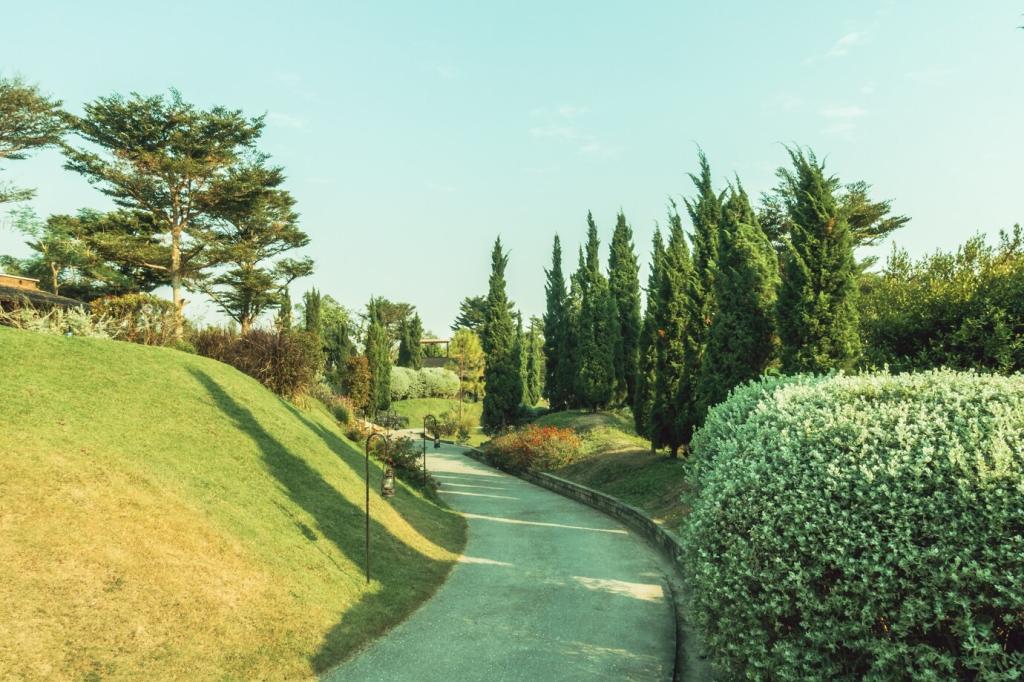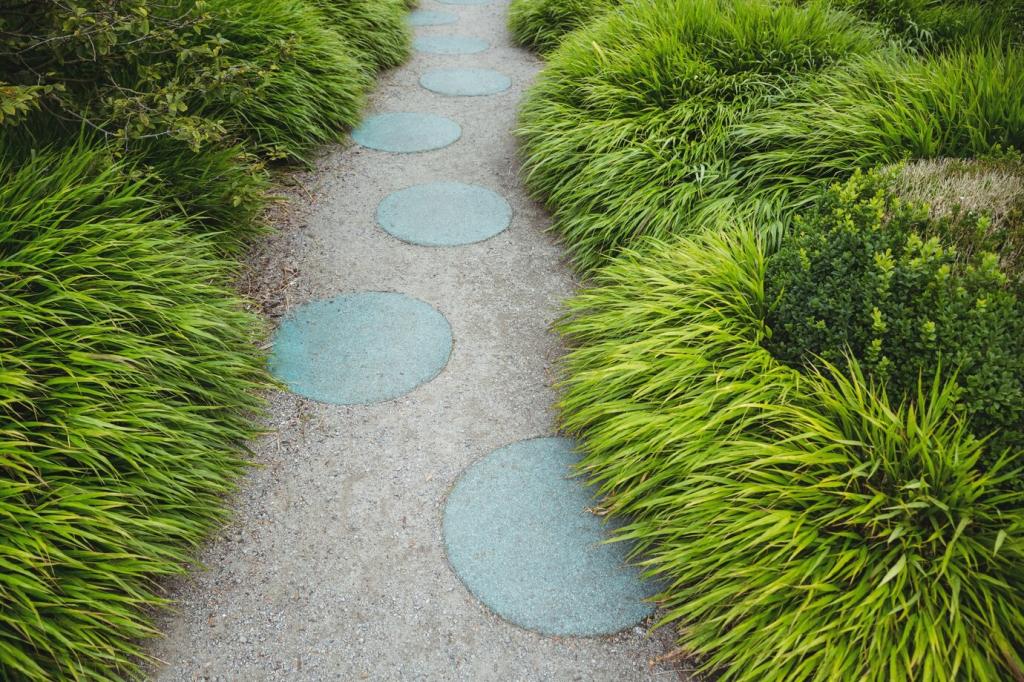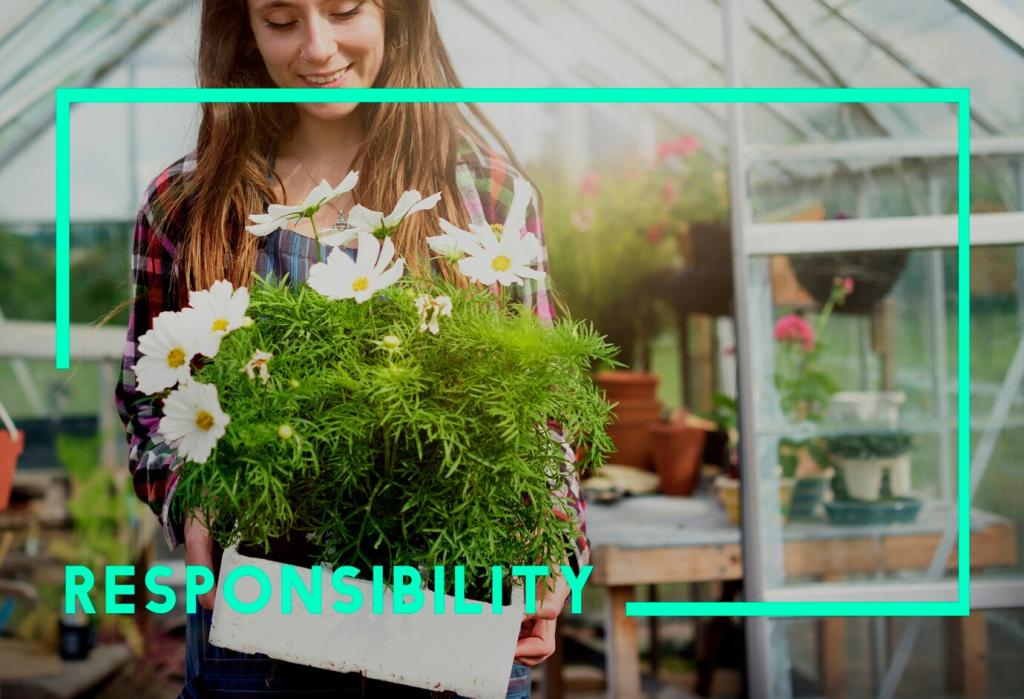
Sustainable Landscape Design Practices
Sustainable landscape design is an integrative approach focused on creating outdoor spaces that are environmentally responsible, resource-efficient, and harmonious with nature. By considering the ecological impact of every landscaping decision, these practices promote biodiversity, reduce waste, conserve resources, and foster a healthier environment for both humans and local wildlife. Sustainable design in landscaping not only enhances beauty and function but also preserves the integrity of surrounding ecosystems. This comprehensive web page explores the most impactful practices in sustainable landscape design, guiding homeowners, designers, and communities toward greener, more resilient outdoor spaces.
Site Assessment and Planning
A successful sustainable landscape begins with a deep understanding of the site’s native plants, soil conditions, topography, and existing wildlife habitats. This knowledge allows for the design to work with, rather than against, the natural environment. Carefully considering the flow of water, exposure to sunlight, and wind patterns enables the creation of outdoor spaces that require fewer artificial inputs such as irrigation and chemical fertilizers. Such an approach helps ensure the landscape thrives naturally and supports local biodiversity.

Water Conservation Techniques
Xeriscaping Principles
Xeriscaping is an approach that utilizes drought-tolerant native plants and limits high-water-use turf areas. By selecting plants that are adapted to local rainfall patterns and soil types, xeriscaping minimizes the need for supplemental irrigation. This method not only reduces water demand but also creates landscapes that are inherently suited to the climate, often requiring less maintenance and fewer chemical inputs in the long run. Gardens designed according to xeriscaping principles can be both visually stunning and water-efficient.
Efficient Irrigation Systems
A key strategy for conserving water is the installation of smart and efficient irrigation systems. Drip irrigation, soil moisture sensors, and programmable controllers ensure that water is delivered precisely where and when it is needed, avoiding waste from runoff or evaporation. Modern irrigation technology can be tailored to different zones within the landscape, providing customized care that maximizes efficiency. Such systems can dramatically curtail water consumption, maintain plant health, and reduce utility costs over time.
Rainwater Harvesting
Harvesting rainwater involves collecting and storing runoff from roofs and impermeable surfaces for later use in landscape irrigation. This practice reduces reliance on municipal water supplies and takes advantage of a natural resource that might otherwise be lost to storm drains. Incorporating rain barrels, cisterns, or more elaborate catchment systems provides a sustainable and cost-effective solution for watering plants. Stored rainwater is also free from chemicals typically found in tap water, making it particularly beneficial for sensitive landscapes.
Previous slide
Next slide

Soil Health and Management
Minimizing Soil Disturbance
Excessive tilling and compaction disrupt the delicate balance of soil life and reduce its natural ability to retain moisture and nutrients. Employing practices such as no-till gardening, minimal excavation, and strategic mulching preserves soil structure and limits erosion. Healthy, undisturbed soils foster abundant microbial activity, which in turn supports vigorous plant growth naturally. Minimizing disturbance is key to long-term soil fertility and landscape sustainability.
Organic Soil Amendments
Enriching soil with organic amendments like compost, leaf mold, and well-rotted manure improves fertility, structure, and water retention without introducing harmful chemicals. Organic matter fuels beneficial microbial and fungal activity underground, helping release nutrients in plant-accessible forms. By recycling yard and kitchen waste through composting, the landscape becomes part of a closed-loop system, reducing both landfill waste and the need for synthetic fertilizers.
Promoting Soil Biodiversity
Beneath the surface, healthy soils teem with life, including earthworms, insects, fungi, and countless microorganisms. Designing landscapes that promote this biodiversity leads to natural pest control, improved nutrient cycling, and robust plant health. Avoiding broad-spectrum chemical treatments and encouraging the growth of ground covers and organic mulch support these beneficial communities. A biologically rich soil is a powerful ally in building resilient and productive landscapes.
Energy Efficiency in the Landscape
The thoughtful location of trees, shrubs, and vines can significantly influence the microclimate of outdoor and indoor spaces. Deciduous trees positioned on the south or west sides of structures provide shade in summer, reducing cooling costs, while allowing sunlight through bare branches in winter for natural warming. Windbreaks composed of dense plantings help block cold winds, conserving energy needed for home heating. Proper plant placement thus serves as a natural climate control system, increasing comfort and reducing dependence on mechanical heating and cooling.
Ground Cover Solutions
Ground covers such as clover, creeping thyme, or native grasses provide a lush, green alternative to conventional turf. These plants require less water and fertilizer, are resistant to common pests, and often have deeper root systems that improve soil structure. Ground covers can be tailored to suit sunny or shady locations, and their dense growth helps suppress weeds naturally. Integrating these solutions transforms the landscape into a functional, attractive, and sustainable space.
Meadows and Prairies
Converting portions of a property to native meadows or prairie plantings brings immense ecological value. These dynamic plant communities offer seasonal color, support pollinators and birds, and require minimal mowing or irrigation once established. Meadows mimic natural ecosystems, adapting to local rainfall and needing little intervention. This approach can significantly reduce maintenance time and costs while enhancing the landscape’s beauty and biodiversity.
Edible Landscapes
Incorporating food-producing plants such as fruit trees, berry shrubs, and perennial vegetables into the landscape supports sustainability by providing fresh, local produce. Edible landscaping reduces the carbon footprint associated with transporting food and encourages a closer connection to the land. With careful selection, edible plants can be both ornamental and functional, contributing to the overall aesthetic without sacrificing ecological integrity. These productive landscapes yield tangible rewards for both people and the planet.
Integrated Pest Management
Prevention and Monitoring
Prevention is the most effective pest control strategy. Selecting resistant plant varieties, maintaining healthy soil, and ensuring proper cultural practices can deter many pest outbreaks before they begin. Routine monitoring, or scouting, is essential for early detection and helps focus interventions only where and when they are needed. By acting proactively and observing changes in the landscape, potential problems can be recognized and addressed at their earliest stages, thus limiting the use of more intensive control measures.
Encouraging Natural Predators
Sustainable landscapes create habitats that invite natural pest controllers such as birds, ladybugs, and predatory insects. Planting a range of flowering species, providing nesting sites, and avoiding broad-spectrum pesticides can foster these allies. Healthy populations of beneficial organisms reduce reliance on chemical controls and maintain long-term ecological balance. Nature’s pest control agents suppress outbreaks and support a thriving, resilient landscape environment.
Responsible Chemical Use
In situations where pest populations threaten plant health or productivity, the judicious and precisely targeted use of pesticides may be necessary. IPM principles dictate selecting the least-toxic options, applying them only where essential, and carefully following recommended application guidelines. Thoughtful chemical use minimizes risks to pollinators, pets, and humans, and prevents harmful buildup in the ecosystem. By reserving chemicals as a last resort, the landscape’s ecological health and diversity remain a top priority.
